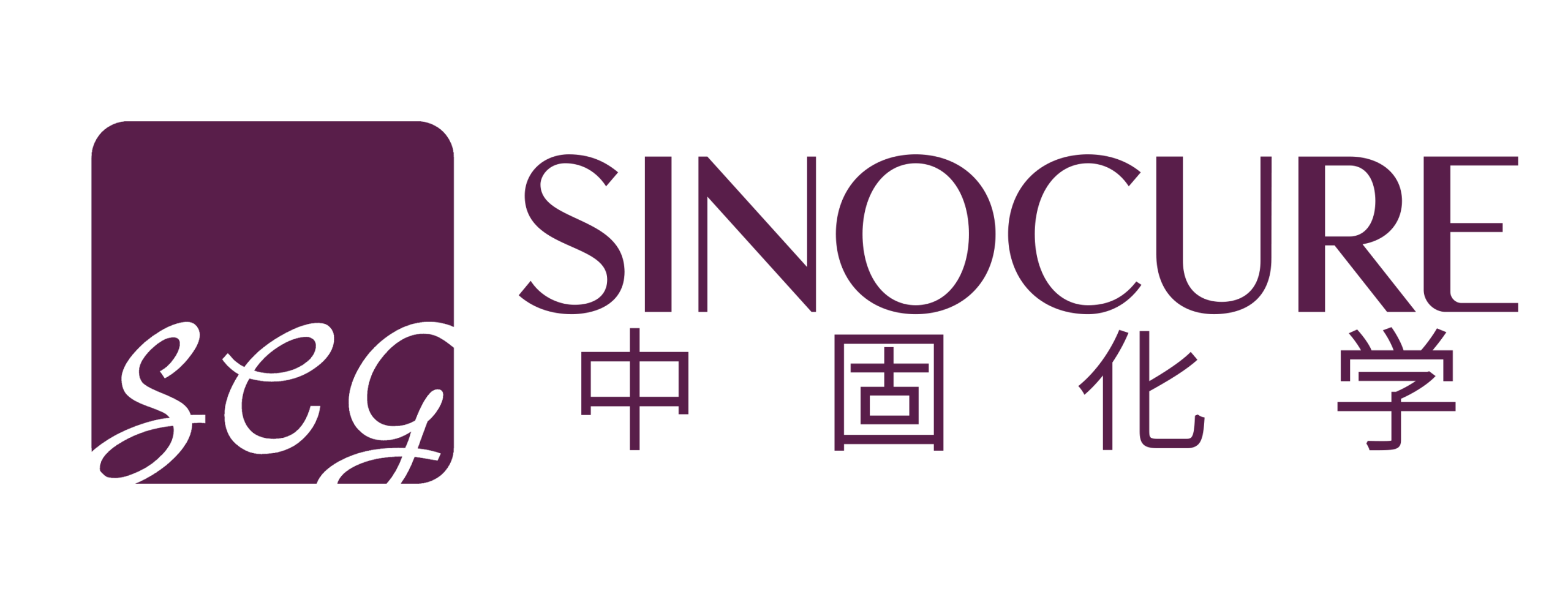Description
Catalase (CAS 9001-05-2) is a common enzyme found in nearly all living organisms exposed to oxygen, including animals, plants, and microbes. It plays a crucial role in protecting cells from oxidative damage caused by hydrogen peroxide (H2O2), a reactive oxygen species (ROS) that is a byproduct of normal cellular metabolism. Catalase efficiently catalyzes the decomposition of hydrogen peroxide into water (H2O) and oxygen (O2). This enzyme is a tetramer, typically composed of four polypeptide chains, each containing a heme (iron-containing porphyrin) group at its active site, which is essential for its catalytic activity. Due to its high catalytic efficiency, one molecule of catalase can convert millions of hydrogen peroxide molecules per second. It is commercially sourced from various organisms, including bovine liver and microbial sources like Aspergillus niger.
Properties
Property Value CAS Number 9001-05-2 EC Number 1.11.1.6 Systematic Name Hydrogen-peroxide:hydrogen-peroxide oxidoreductase Common Sources Bovine liver, Aspergillus niger, human erythrocytes, other microbial sources Appearance Varies by source and preparation: e.g., grayish-brown crystalline powder, amber to dark green powder/crystal, white to slight yellow liquid, green lyophilized powder, aqueous suspension Molecular Weight Approximately 220,000 – 260,000 Da (tetramer, can vary by source; individual subunits ~60 kDa) Optimal pH Generally around pH 7.0, but can be active over a wide range (e.g., pH 1-12 for Aspergillus niger catalase) Optimal Temperature Varies by source and conditions; typically active at room temperature (e.g., 25∘C or 30∘C for activity assays) Activity Units Commonly expressed as units/mg protein or units/mg dry weight. One unit typically defined as the amount of enzyme that decomposes 1.0 µmol of H2O2 per minute at a specific pH and temperature. Storage Often recommended to be stored refrigerated (e.g., −20∘C or 2−8∘C), may be hygroscopic or heat/air/moisture sensitive. Lyophilized forms may require reconstitution. Formulations Available as powder, lyophilized powder, liquid suspension, or solution. Usage
Catalase has a wide range of applications across various industries due to its efficient hydrogen peroxide scavenging ability:
- Food Industry:
- Dairy Processing: Used to remove residual hydrogen peroxide from milk prior to cheese production (where H2O2 might be used for sterilization).
- Example: Added to milk to ensure H2O2 doesn’t interfere with cheese cultures.
- Food Preservation: Used in combination with glucose oxidase to remove glucose and oxygen, preventing food oxidation and extending shelf life in products like mayonnaise or dried egg products.
- Example: Incorporated into active food packaging systems.
- Baking Industry: To remove glucose from egg whites before drying.
- Pharmaceutical and Biomedical:
- Antioxidant Research: Used in laboratories to study oxidative stress, the roles of reactive oxygen species in cellular processes like apoptosis, and to protect cells or biological molecules from H2O2-induced damage.
- Contact Lens Care: Previously used in some contact lens disinfecting solutions to neutralize residual hydrogen peroxide, making the lenses safe for wear.
- Example: As a component in “one-step” peroxide disinfection systems.
- Diagnostic Kits: Can be used in the manufacturing of certain diagnostic reagents.
- Cosmetic Industry:
- Anti-aging Products: Incorporated into some skincare formulations to combat oxidative stress and potentially slow down skin aging processes caused by ROS.
- Example: Added to creams or serums for its antioxidant properties.
- Textile Industry:
- Bleach Neutralization: Used to remove residual hydrogen peroxide after the bleaching of cotton fabrics, reducing water consumption and improving dyeing consistency. This is an environmentally friendlier alternative to traditional chemical reducing agents.
- Example: Applied in the final rinse after textile bleaching.
- Other Industrial Applications:
- Bioremediation: Can be used in wastewater treatment to break down hydrogen peroxide.
- Paper Industry: For removing H2O2 in pulp bleaching processes.
- Bacterial Identification: The catalase test is a common microbiological test to differentiate bacterial species.
Contact Us Now!
If you need MSDS,TDS or sample testing, please email us at pharm@sinocurechem.com or use the website live chat to get prompt reply.
- +86 13345119692
- +86 15550440621
- pharm@sinocurechem.com
